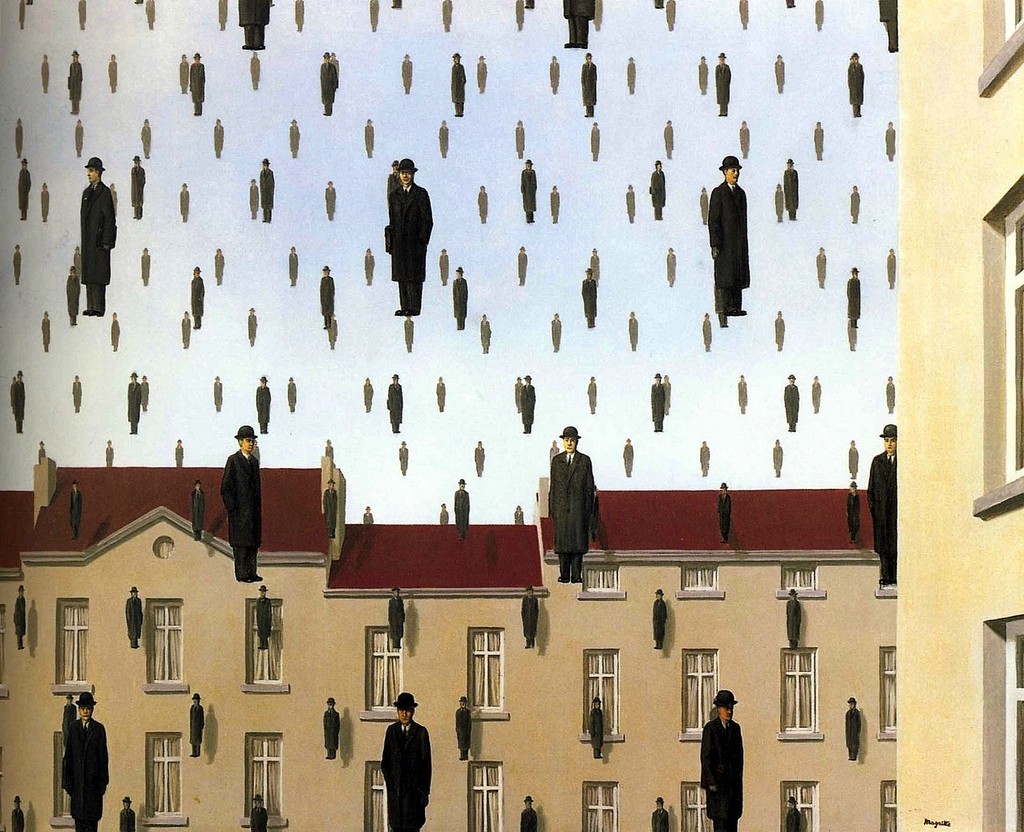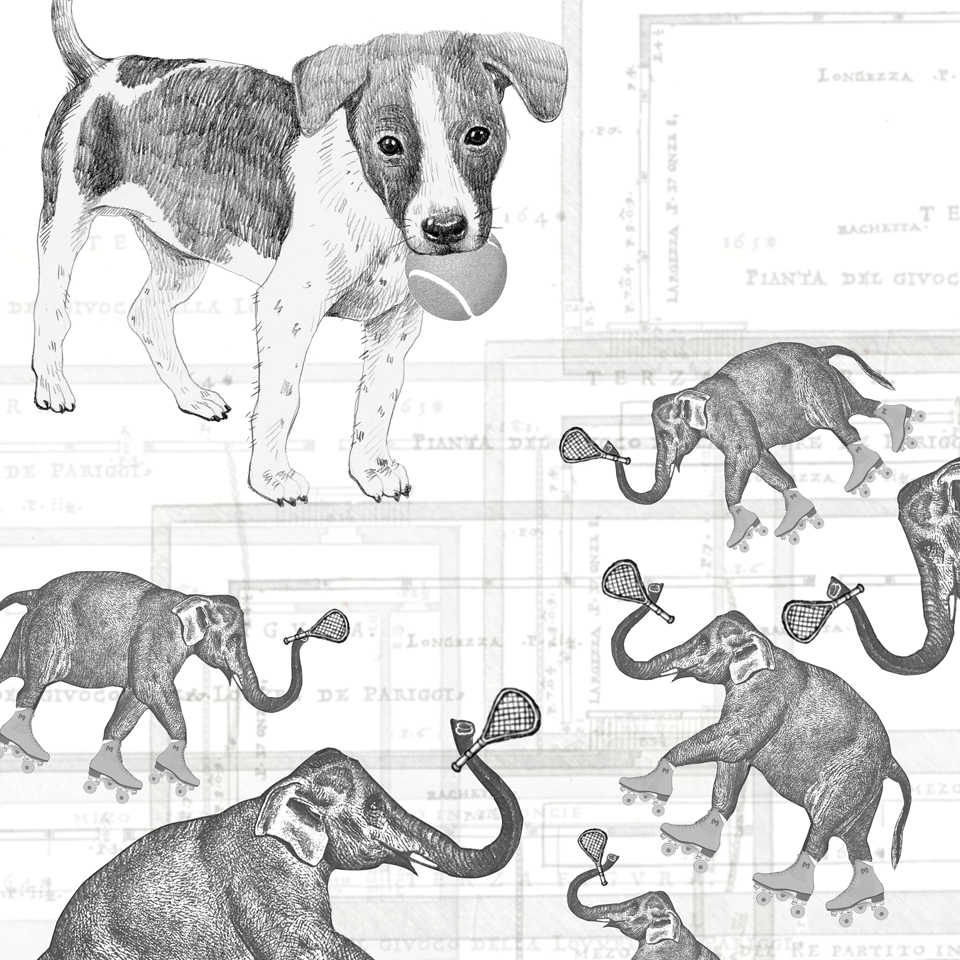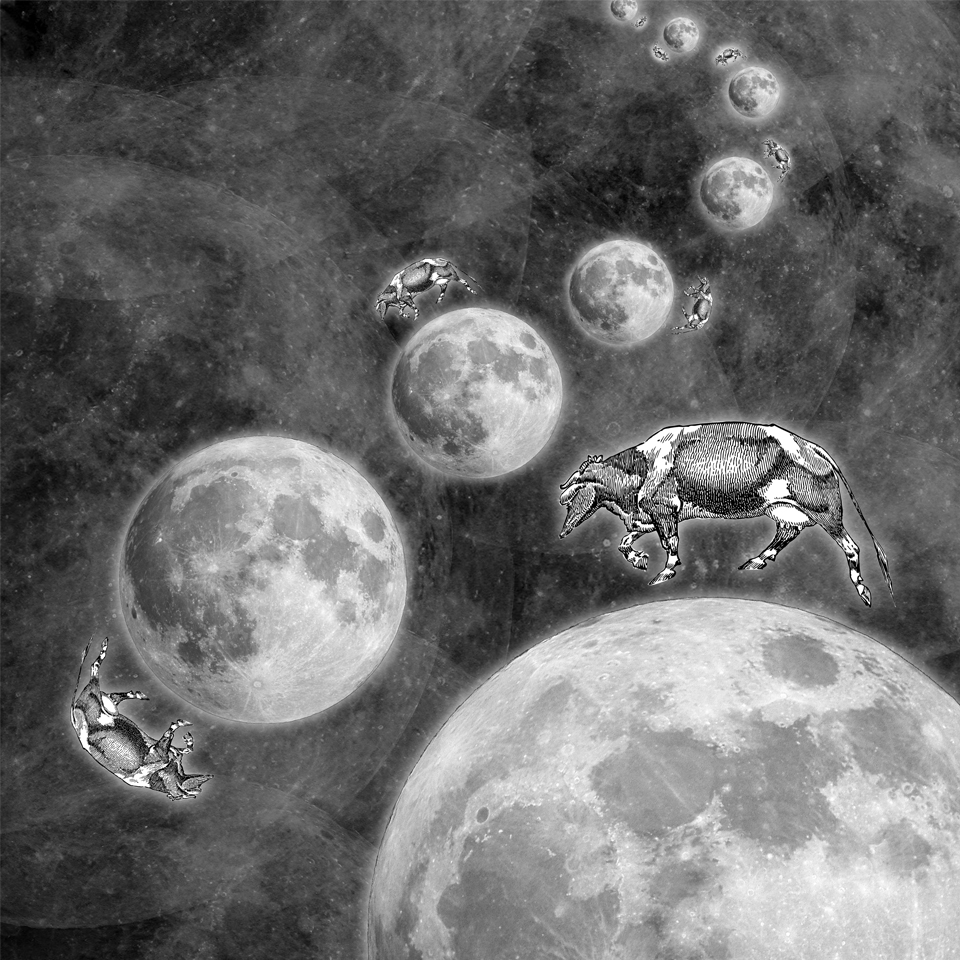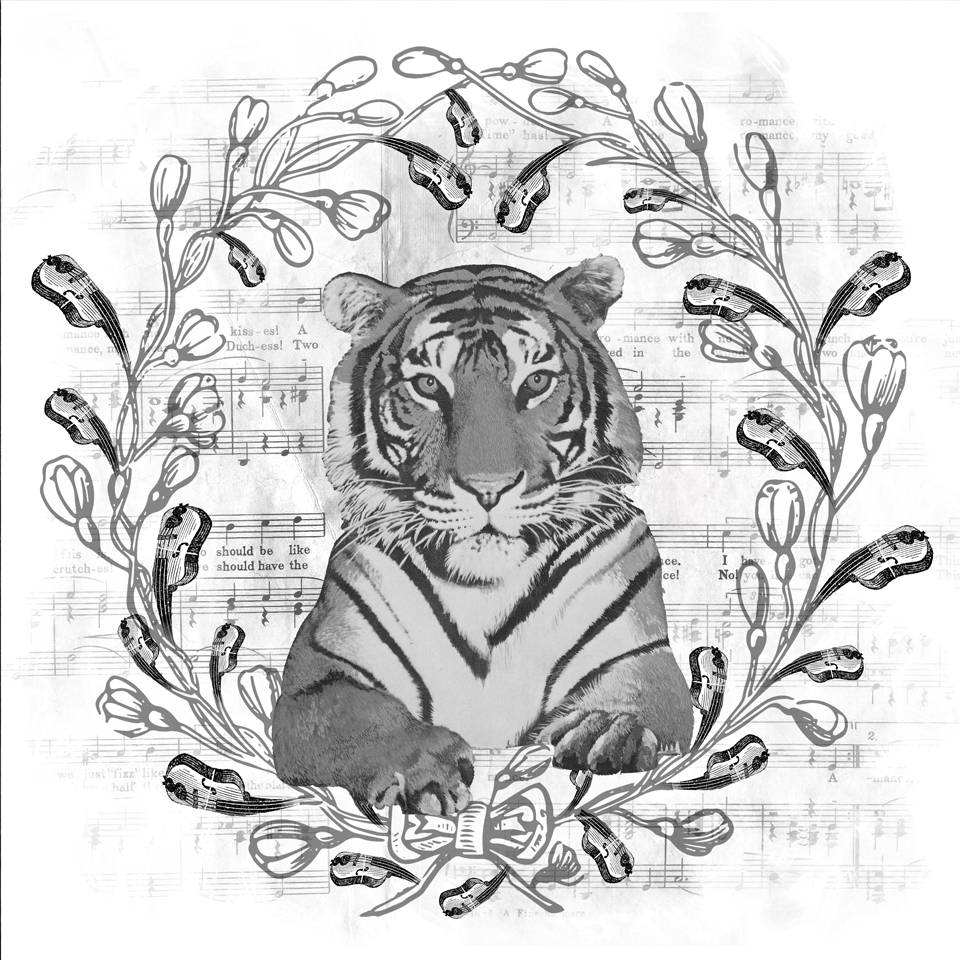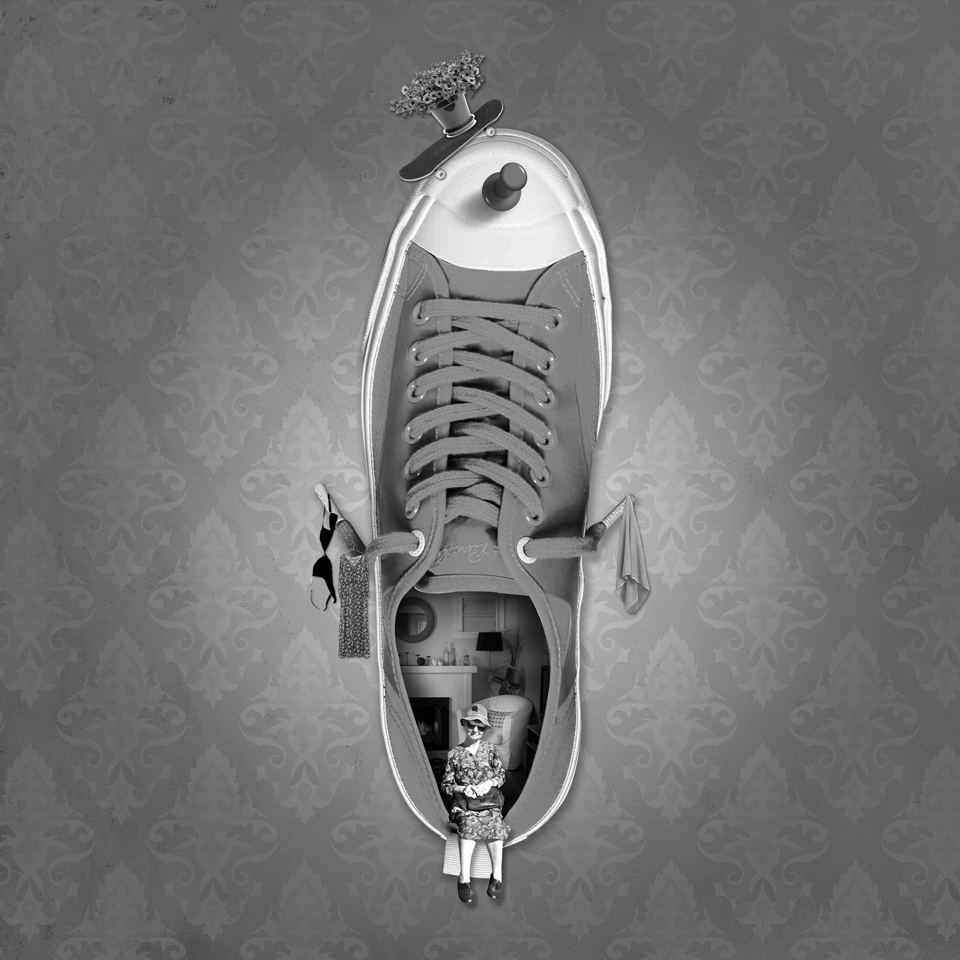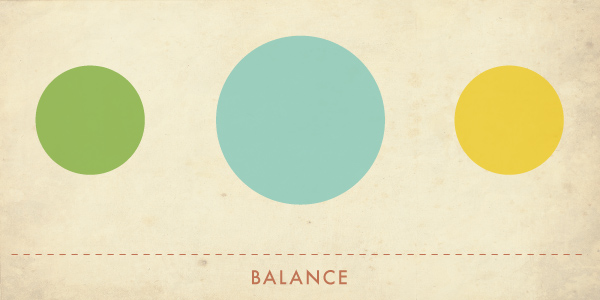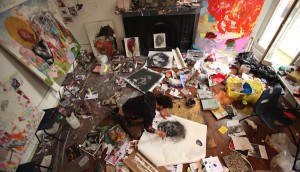The colour wheel can be your best friend when you’re picking hues for artwork, wall colours, and more. These colour themes can help to make your works pop. I’m excited to experiment with some of these harmonies.
Monochromatic harmony
This colour scheme uses variations in lightness and saturation of a single colour. This result looks clean and elegant. Monochromatic colours go well together, producing a soothing effect.
Complementary/direct harmony
Complementary colours are those that appear opposite each other on the colour wheel.The high contrast of complementary colours creates a vibrant look, especially when used at full saturation. A popular example used in Hollywood is the purple hue of Hulk’s pants, which is a complementary colour of his green skin tone.
Split-complementary harmony
A split-complementary colour arrangement results from one colour paired with two colours on either side of the original colour’s direct complement, creating a scheme containing three colours. This colour scheme has the same strong visual contrast as the complementary colour scheme, but has less tension.
Triadic harmony
A triadic colour scheme uses colours that are evenly spaced around the colour wheel. Triadic colour schemes tend to be quite vibrant, even if you use pale or unsaturated versions of your hues. To use a triadic harmony successfully, the colours should be carefully balanced – let one colour dominate and use the two others for accent.
Analogous harmony
Also referred to as related colors, these are the colors directly on the left and right of your key color. They usually match up quite well and create a serene and comfortable design. While this color harmony can be pleasing to the eye, it can also come across as monotone.
References:
http://www.tigercolor.com/color-lab/color-theory/color-theory-intro.htm
http://www.color-wheel-pro.com/color-theory-basics.html
http://www.zevendesign.com/color-harmony-hulk-wears-purple-pants/




















